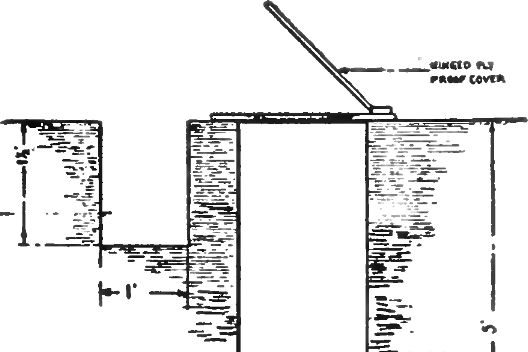<![CDATA[The toilet has been a sanitation fixture for thousands of years. Scientists believe that the toilet was first used in the third millennium BC. Now, archaeologists are reporting that they have found a well-preserved, 2,000 year old wooden toilet seat. It was found at the Roman Vindolanda in Northumberland, England. They say that it is the only one of its kind discovered so far in the field of archaeology. The Vindolanda is an ancient Roman fort just south of Hadrian's Wall in northern England. The fort guarded the Stanegate - the Roman road from the River Tyne to the Solway Firth. This area has been a rich bed for a host of artefacts, including military weaponry and gold and silver items. In 2010, archaeologists made the shocking discovery of an eight to ten year old girl's skeleton with her hands tied. The skeleton was found to be 1800 years old, and the archaeologists concluded that they had stumbled upon a murder scene. Now, another big discovery has been made in the area, in a muddy trench that was previously filled with garbage. The toilet seat belonged to the Romans, who are known to have had sophisticated toilets, often with running water and stone seats. The wooden toilet that was seat dug up has been very well preserved. In a press release, Director of Excavations Dr. Andrew Birley stated that most of what is known about Roman sanitation was discovered in previous excavations across former countries of the Roman Empire. Excavations have revealed broken Roman pit latrines before, but this is the first time a perfectly preserved wooden seat has been found. He went on to say that the seat seemed to be very comfortable, even by today's standards. He remarked that many valuable things have been found in Roman sewage draining systems. Because the toilets were elevated over an open sewage system, no sane person would have attempted to retrieve anything dropped down the toilet. He is now hoping to find the rest of the toilet that went along with the seat. The earliest indications of water-cleaning toilets have been found in Pakistan, North West India and Scotland. The toilets in the Indian region used flowing water to remove human waste, which travelled down drains covered with burnt clay bricks. The ancient Scottish toilets were a part of houses that had drains running beneath them, with some having a cubicle over the drain. After this, toilets started to appear in other parts of the world such as Egypt and Ancient Persia. The Romans had far more complex sewage systems, and even had public toilets that were raised over open sewers and periodically flushed with flowing water. Other discoveries made at Vindolanda include personal letters, baby boots, combs, worn shoes, jewellery, socks, and even work tools. Birley and his colleagues are hoping to find evidence of the Roman version of toilet paper called "spongia", which was a natural sponge attached to a stick. After conservation efforts which may take up to eighteen months, the toilet seat will be put on display at the Roman Army Museum. ]]>
Ancient Toilet Seat Found
